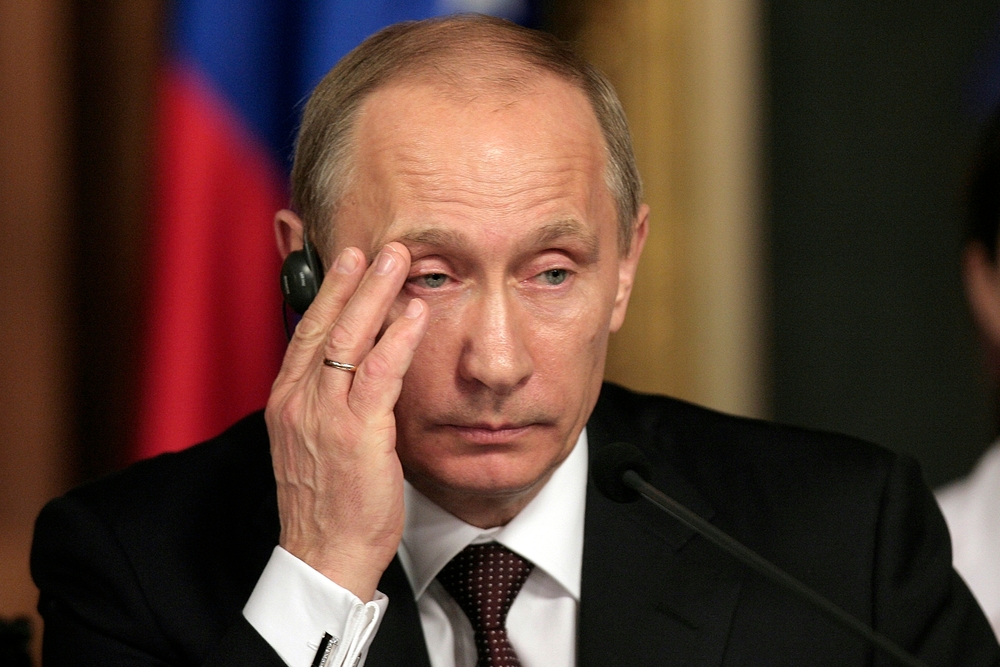At least 38 people were killed.
Others are reading now
At least 38 people were killed.
What is happening?
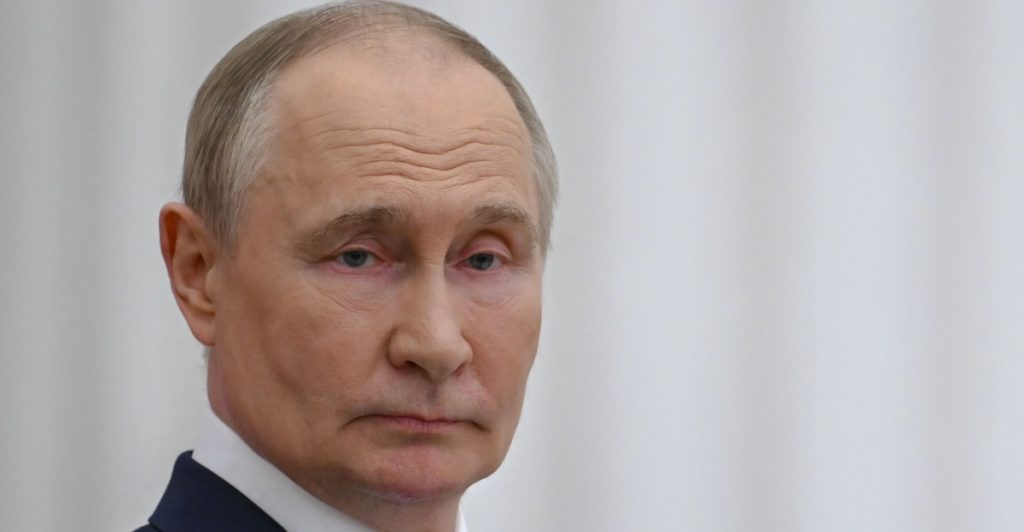
In a frank exchange with Azerbaijani President Ilham Aliyev, Russian President Vladimir Putin acknowledged that two Russian air defence missiles exploded dangerously close to an Azerbaijan Airlines flight in December 2024, Reuters reports.
The incident, which killed 38 people, occurred after Ukrainian drones entered Russian airspace.
Rare public admission from the Kremlin
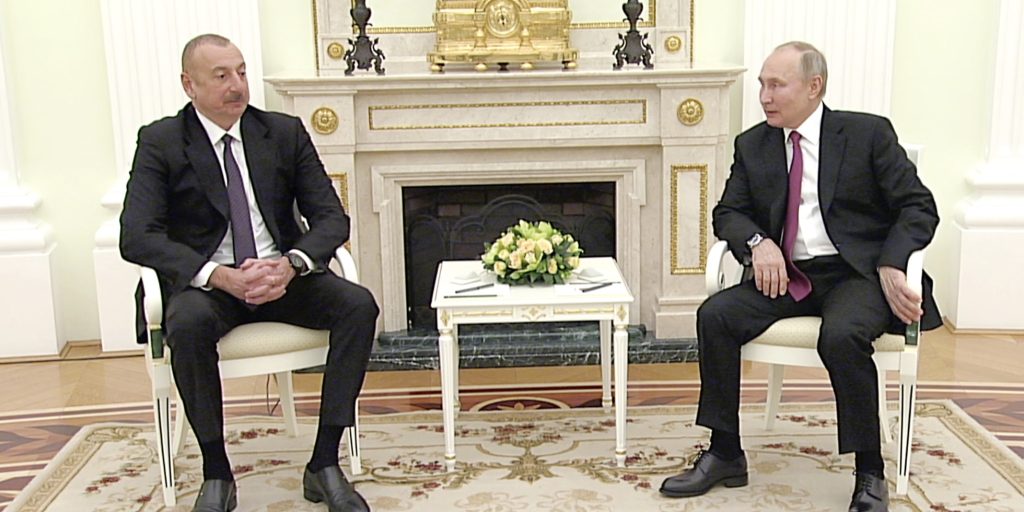
While Moscow initially downplayed its role, this marks Putin’s most direct acknowledgment yet of Russia’s involvement.
During a meeting in Tajikistan, he once again offered his “sincere apologies” to Aliyev and vowed that Russia would take full responsibility, both legally and financially.
Also read
Flight J2-8243 diverted from Russian airspace
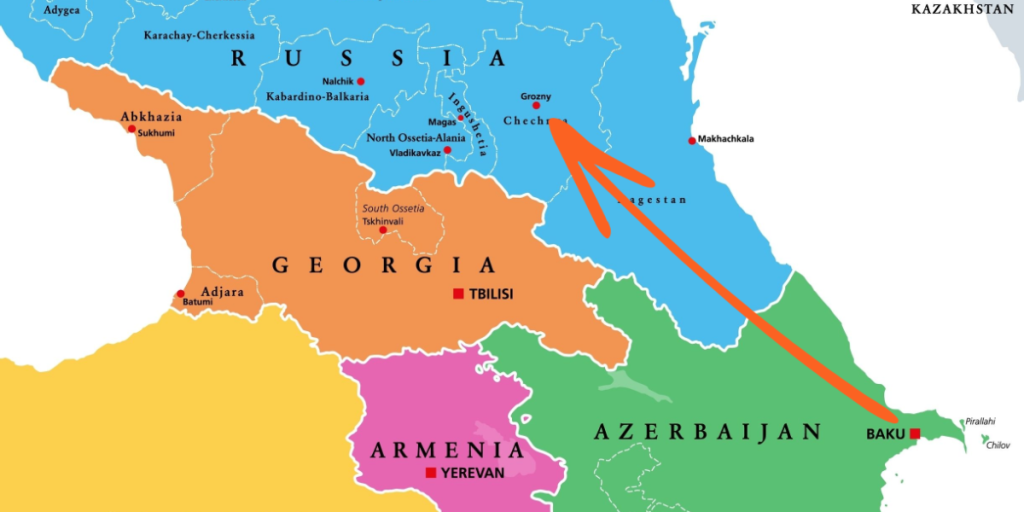
The aircraft, an Embraer jet operating as Flight J2-8243, was en route from Baku to Grozny, the capital of Russia’s Chechen Republic.
On December 25, it veered off course to avoid southern Russian airspace, where Ukrainian drones were reportedly targeting multiple sites.
Crash-landed in Kazakhstan
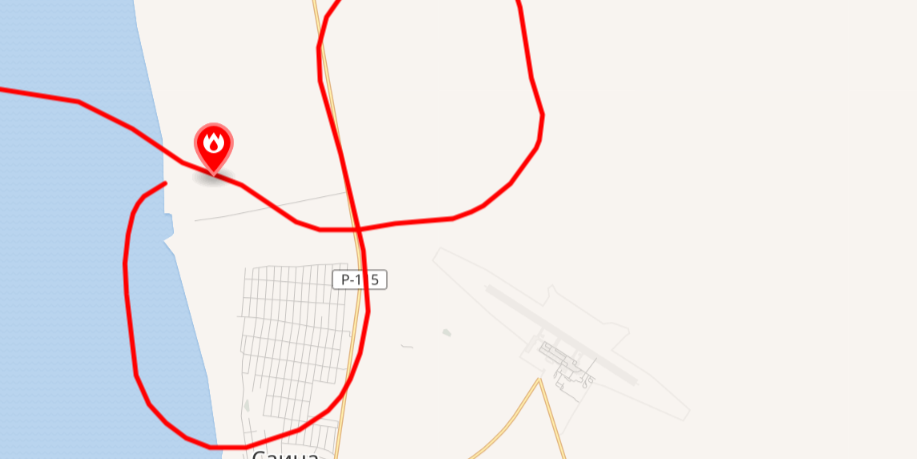
After sustaining damage mid-flight, the jet managed to travel roughly 280 miles (450 kilometers) before crash-landing near Aktau, a city in western Kazakhstan on the Caspian Sea.
Despite the crew’s efforts, at least 38 of the passengers onboard lost their lives.
Missiles exploded just metres from the plane
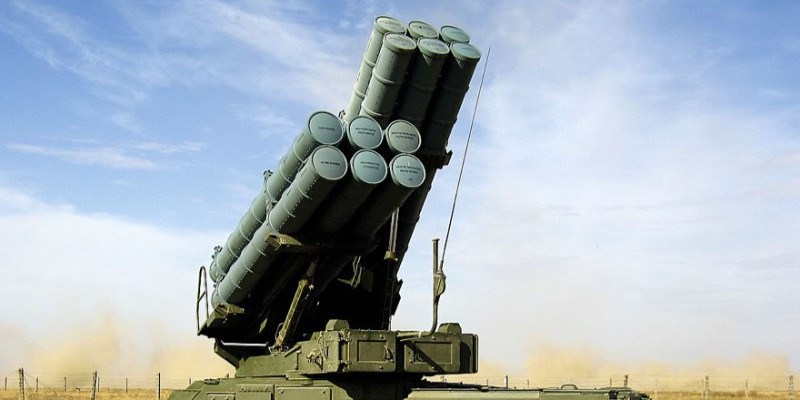
According to Putin, Russian defence systems launched two missiles that detonated approximately 10 meters from the plane.
Also read
The explosions, possibly a self-destruct safety feature, caused severe structural damage to the aircraft, without a direct hit.
Debris—not warheads—caused the damage

Putin clarified that the harm was likely caused by missile fragments rather than the warheads themselves.
“The damage was caused, mainly not by the warheads, but most likely by the debris from the missiles,” he said, explaining why the aircraft didn’t crash immediately.
Pilot thought it was a bird strike
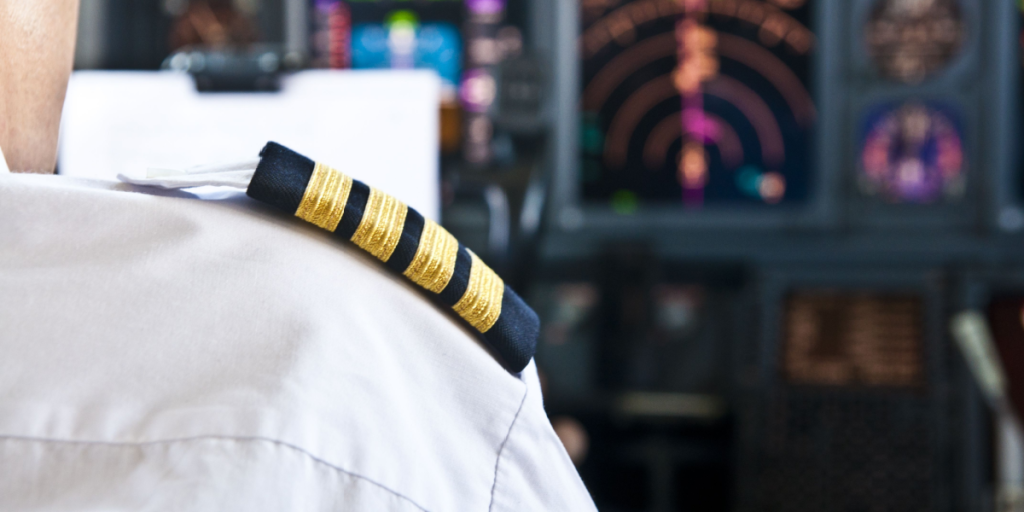
Initial confusion in the cockpit was evident. The pilot reported what he believed was a collision with a flock of birds to Russian air traffic controllers.
Data retrieved from the plane’s black boxes confirmed the pilot’s account of the events in real time.
Also read
Kazakhstan’s report supported external strike theory

In February, a preliminary Kazakh investigation concluded that the aircraft had suffered external damage, with its fuselage punctured by multiple holes.
These findings aligned with the theory that shrapnel from nearby missile explosions was to blame.
Moscow’s early response angered Aliyev
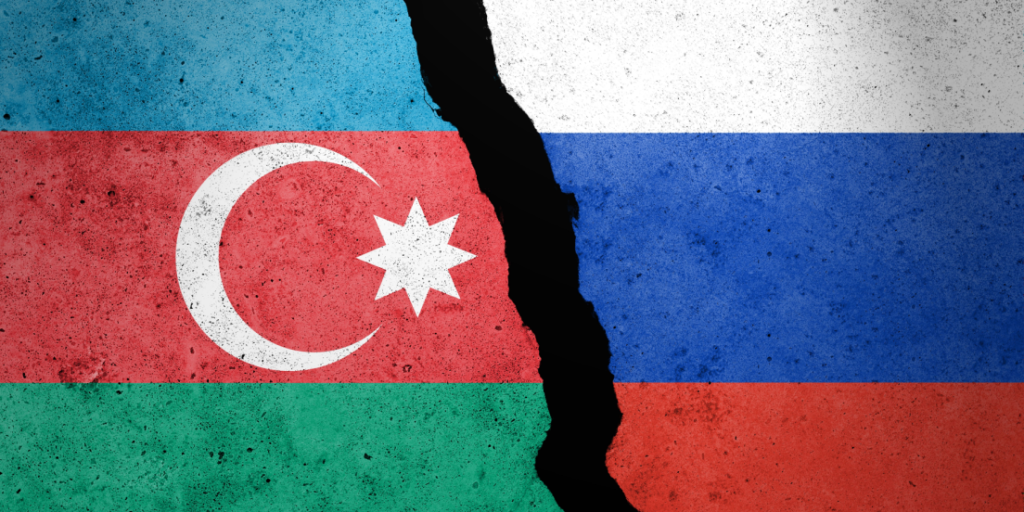
President Aliyev was deeply frustrated by the Kremlin’s initial handling of the crash.
He accused Russian authorities of withholding details and attempting to downplay the true cause, calling for greater transparency and accountability from Moscow.
Diplomatic damage control in Tajikistan
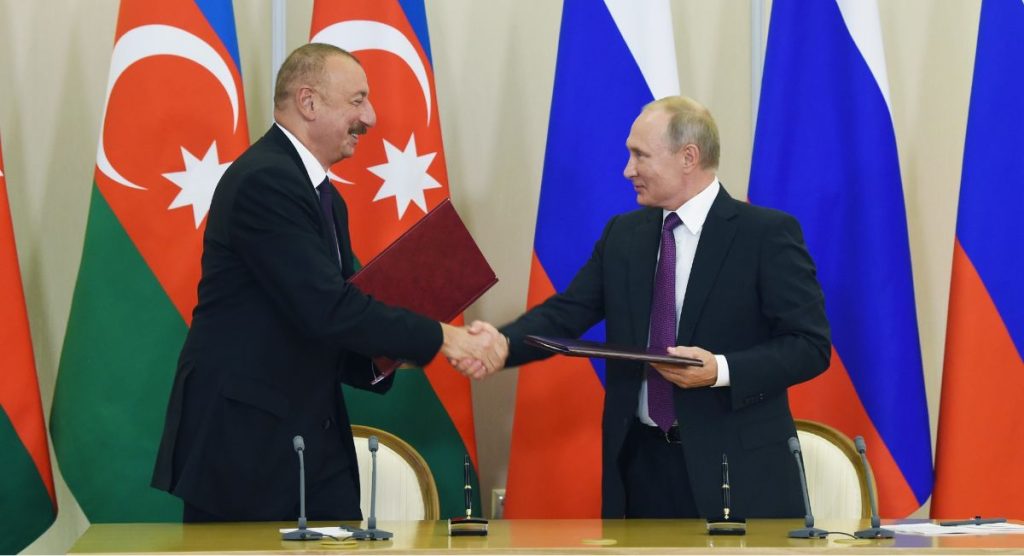
Putin’s latest remarks, delivered face-to-face with Aliyev in Dushanbe, Tajikistan, appeared aimed at smoothing over tensions.
Also read
Video footage showed the two leaders smiling and shaking hands, though the underlying issue remains politically sensitive.
Russia promises full compensation

“It is our duty… to give an objective assessment of everything that happened and to identify the true causes,” Putin said.
He pledged that Russia would provide compensation to all those affected and follow through with a legal review of the incident.
Aliyev welcomes apology but seeks closure
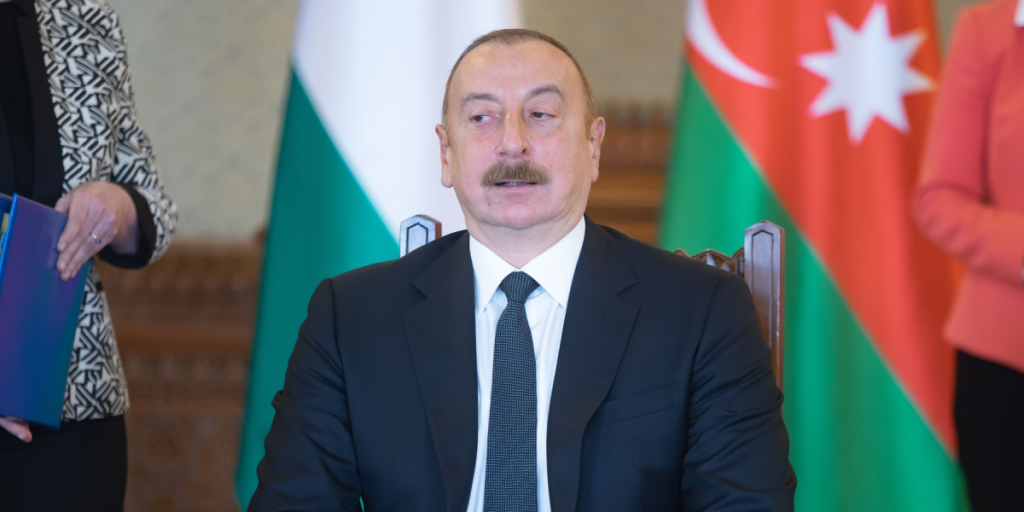
Aliyev acknowledged Putin’s personal involvement in the case and thanked him for prioritizing the issue during their meeting.
However, it’s clear Baku expects continued cooperation and transparency as the investigation moves forward.

